Sustainability in focus at S&P Global Commodity Insights Aluminum Symposium
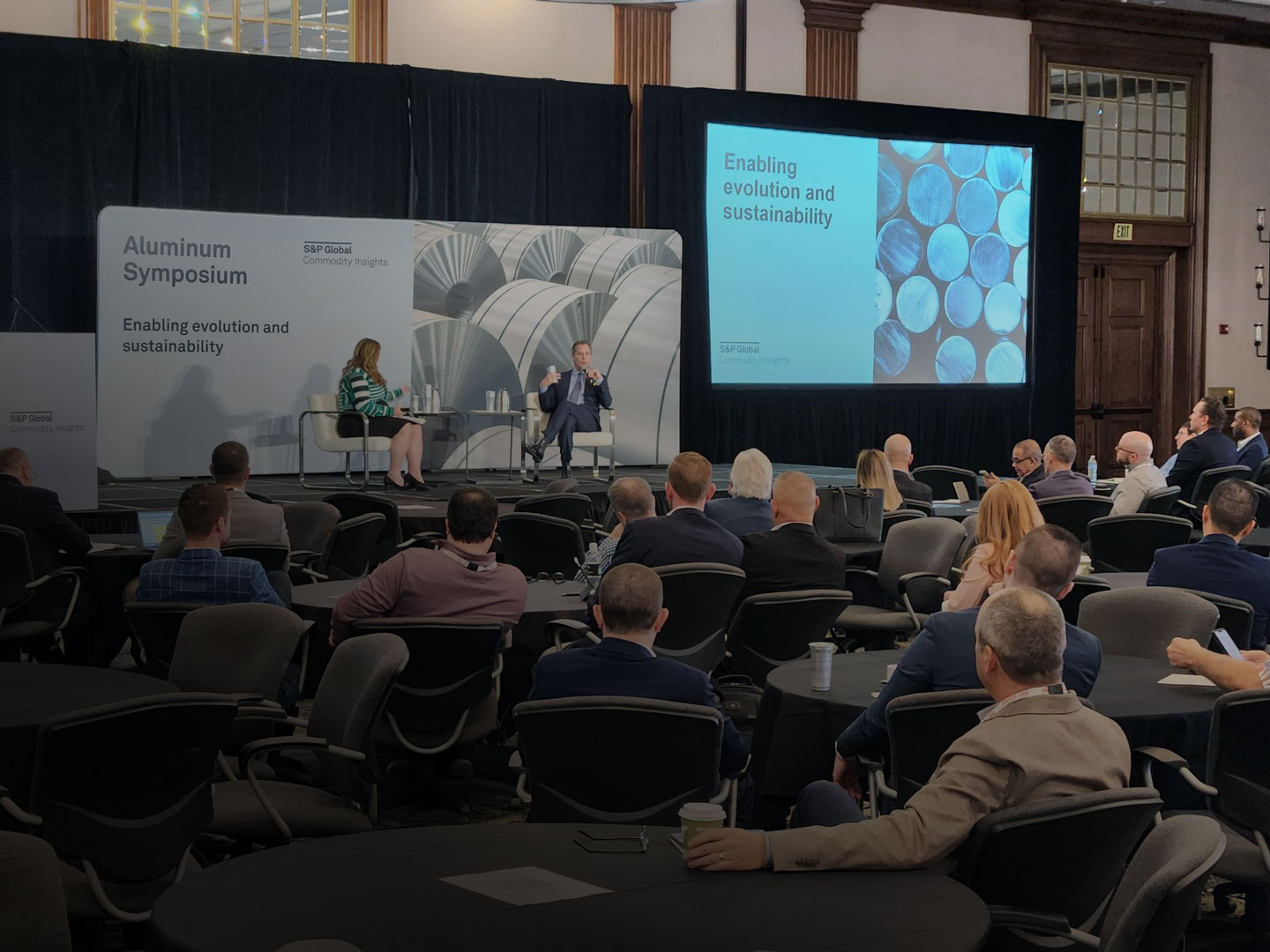
Demand for aluminum is set to rise in the coming decades due to the metal’s role in energy transition technologies.
The International Aluminum Institute estimates demand for aluminum could rise 80% by 2050 from a 2018 baseline demand of 95 million mt, with the material having applications in solar and wind energy, electric vehicles, and sustainable packaging.
And as consumers place a sharper focus on supply chain sustainability, spurred by in-house sustainability targets, federal incentives and larger global efforts to decarbonize, demand for "green aluminum" and sustainable products is set to grow sharply, according to presenters at the 2024 S&P Global Commodity Insights Aluminum Symposium, held Jan. 28-30 in Scottsdale, Arizona.
US primary, secondary aluminum production needed amid growing demand
There is a perception in the US aluminum market that there is competition between primary and secondary aluminum production, but demand for both is growing and both are needed, Steve Fisher, CEO of aluminum recycler and producer Novelis, said during a fireside chat Jan. 29.
"If you believe in the projections of aluminum growth and why aluminum is winning, it’s winning because it’s taking share away from other materials," Fisher said. "If you continue to believe aluminum wins and takes share, we’re always going to need both and we’re going to need to see primary grow and we’re going to need to see the recycled content grow as well."
And with this expected growth in demand, it is important for legislators and others that are thinking about the need for aluminum manufacturing in the US to realize a lack of primary production is not going to be solved by recycled content, Fisher said.
"We’re obviously going to do our part in the recycled content piece but we’re going to work with primary producers on ways to decarbonize upstream production," Fisher said, adding this is needed to create aluminum with a zero-carbon footprint. "We absolutely have to get more strategic and we have to get the mindset of the value chain winning together."
US energy policy advancements, long-term tax credits needed to build new capacity
For the US to have a globally competitive primary aluminum industry, the federal government needs to make some advancements on energy policy and provide longer-term planning certainty for producers to build or restart new capacity, industry experts said during a panel discussion Jan. 29.
"I think the US government is trying to support the domestic production of aluminum. All the efforts that have been done to date are helping to offset the losses on the domestic smelters, but it’s not enough to incentivize growth," said Renato Bacchi, executive vice president and chief commercial officer at Alcoa. "Growth will come with access to fairly priced energy."
Part of the issue is the highly fragmented structure of the US energy sector itself, said Jake Skelton, CEO of EGA America. While there may be some incentives in certain areas of the country, none are on a long-term basis, he said, raising the risk of investment.
"These aren’t small investments, you’re talking $5 billion-$10 billion with 10- to 20-year paybacks," he added.
Another issue facing smelters in the US is that as the country retires older coal-based generating assets, the grid becomes more stressed in general, said Matt Aboud, senior vice president of strategy at Century Aluminum.
Because of the issues around accessing reliable, renewable energy in the US, the build out of secondary aluminum supply is expected to outpace primary production over the longer term, according to Matt Schicke, general manager of Atlantic metal sales and trading at Rio Tinto.
Not only do primary aluminum smelters need greater certainty around energy supply and costs, but there also needs to be more certainty around tax programs to incentivize increased production, said Duncan Pitchford, president of Hydro’s US aluminum metals division and head of its commercial operations in the Americas.
He said the recently announced Section 45X Advanced Manufacturing Production Credit is a step in the right direction but looking at other areas like research and development tax credit programs that go on for two or three years before sunsetting, it’s not enough time for a large-scale investment in primary production.
"I think policymakers need to understand that, yes, some of these steps that have been taken are good, they're appreciated, but they have to be durable and they have to have durability that can be backed," he said.
Supply, sorting top of mind as US aluminum scrap demand set to expand
As secondary aluminum production is expanding in North America, so does demand for recycled metals.
At the same time, as automotive production shifts more toward electric vehicles, the types of scrap being generated and sought by customers are changing, industry experts said during a panel discussion Jan. 30.
"It’s certainly been interesting over the last few years where traditional scrap that came into secondary -- UBCs, clean sheet, etcetera -- is actually more and more starting to be used by the rolling mills as they’ve put in more recycling capability," said Russell Barr, chief operating officer of metals recycler Real Alloy. "I think that’s probably forced companies like ourselves to start looking more and more down the scrap chain."
This means looking to recover metals from more contaminated scrap, Barr said, and if you are taking in more contaminated scrap, you must look at sorting systems to clean it up.
Additionally, as the types of vehicles and products produced with aluminum changes, certain grades of scrap are being favored due to buyers seeking more low-iron, high-purity grades, leading to increased demand for wheel scrap, according to Joe Tomolo, director of business development of aluminum scrap recycler Sims Alumisource.
US low-carbon aluminum premium seen necessary to decarbonize
Aluminum producers see the adoption of a US premium for low-carbon material as key in providing incentive for the industry to fully decarbonize.
"In my mind this is one of the incentives the industry needs to decarbonize," Alcoa’s Bacchi, said during a panel discussion Jan. 29. "The amount of money the industry will collectively spend to decarbonize the industry is not small and somebody will have to finance that."
According to the Department of Energy’s 2023 Pathway to Industrial Decarbonization Commercial Liftoff report, decarbonizing US aluminum production could require $10 billion-$15 billion in capital investment through 2050 to scale decarbonization technologies.
"We have got to spend a lot of money over the next years to be able to fully decarbonize and in order to have the incentive to do that, it has to be paid for," said Hydro’s Pitchford said.
Building on the success of its European low-carbon aluminum indexes, Platts, on Jan. 2, launched a new daily LCAP price assessment for the US market, using the same 4 mt maximum C02 emissions. US-LCAP covers direct and indirect emissions associated with aluminum smelting, typically considered by market participants as scope 1 and 2 emissions.
Emissions must be certified by an internationally accepted, independent organization, and market participants are expected to supply proof of such c
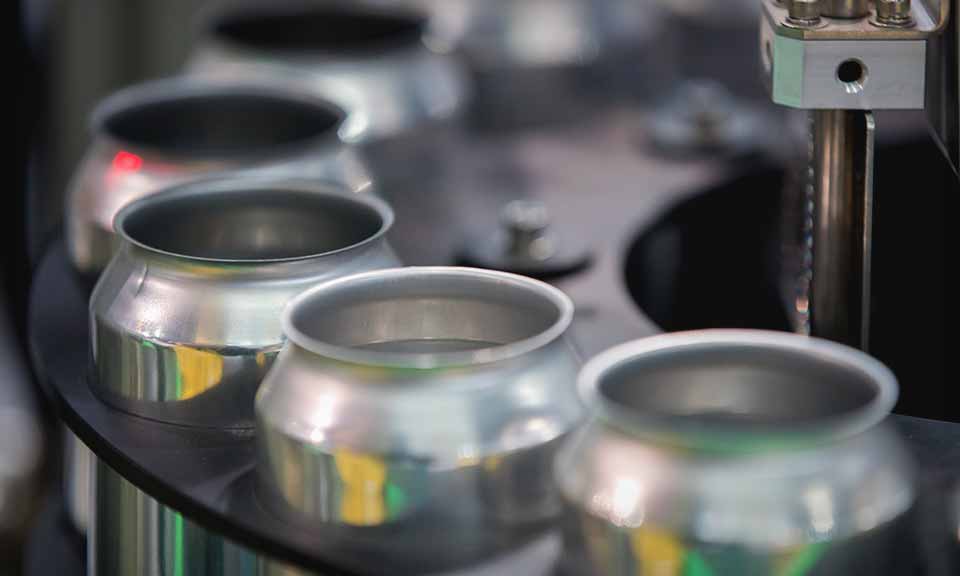
News
Output at Brazilian lithium concentrate plant to reach 130,000 mt/year during Q4 Lithium hydroxide refinery in Germany to delivery first production batches during Q3 Q1 sales of lithium concentrate fell 24% due to shipping variations Miner and lithium supplier AMG Critical Materials has announced that the expansion of its mining operations in Brazil and the ramp-up of its conversion plant Germany remains on schedule despite ongoing volatility in global lithium markets. In a statement marking the release of the company’s first quarter 2024 results on May 7, AMG said that its lithium expansion strategy remains on-track with the company able to access approximately $600 million in capital following a $100 million term loan expansion secured at the end of April. In Brazil, AMG said that the expansion of its lithium concentrate is progressing as planned with the plant expected to reach a full nameplate capacity of 130,000mt/year during Q4 2024, up from a previous capacity 90,000 mt/year. In Germany, the company said that the ramp-up of its lithium hydroxide refinery in Bitterfeld remains on track with the first production batches expected to be shipped out to clients during Q3 2024. AMG plans to produce 20,000 mt/year of battery-grade lithium hydroxide at the plant in the first module, with four additional modules planned to achieve a total production capacity of 100,000 mt/year. In its Q1 results AMG reported quarterly sales of lithium concentrate at 15,652 dmt, some 24% lower than the 20,509 dmt sold during Q1 2023 with the company citing shipping variances in 2023. “Volumes were negatively impacted by shipments that arrived in the fourth quarter of 2023 to the detriment of our first quarter 2024 volumes,” it said. The average realized sales price was $1,163/dmt CIF China for the quarter at an average cost of $616/dmt CIF China. EBITDA during the quarter fell 71% on the year to 31 million which the company attributed to the decline in lithium and vanadium prices. “The average quarterly prices of lithium carbonate and ferrovanadium, the material prices that most significantly impact our financial results, decreased 76% and 33%, respectively, versus the average pricing in the first quarter of 2023,” the company said. With the ramp-up of the lithium concentrate plant, AMG said that the cost per ton will rise relative to historical costs during Q2 2024 due to unabsorbed costs during the ramp-up and lower tantalum sales volumes offsetting higher spodumene production. “Long-term demand trends are encouraging, and additional supply prospects are confronting challenging constraints throughout the industry,” said CEO Heinz Schimmelbusch. “Our low-cost position allows us to endure the current market conditions and prosper considerably at more normalized price levels.” Platts, part of S&P Global Commodity Insights, assessed lithium hydroxide CIF Europe at $14,800/mt May 7, down from $15,900/mt on Jan. 2. Platts Connect: News & Insights (spglobal.com)
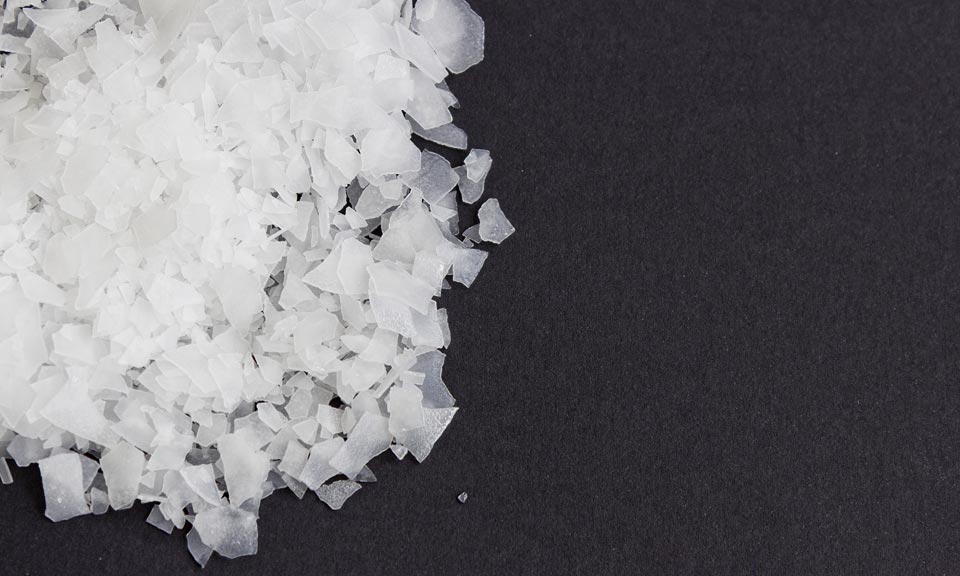
News
Exports also 25.5% higher than March Year-to-date exports up at 89,203 mt Chile’s lithium exports rose sharply in April as producers Albemarle and SQM continued to ramp up production, customs data showed May 7, jumping 82.6% on the year to reach a record 28,764 mt April exports were also up 25.5% from those for the preceding month of March. Exports during the first four months totaled 89,203 mt, up 26% from the same period of 2023. However, the value of Chile’s lithium exports has continued to plummet in line with falling prices. Exports in April fell 38% to $316 million, while exports during the year to date dropped 47.6% to $1.27 billion. Calculated from export volumes and values, Chilean lithium fetched an average price of $11/kg in April, down from $32/kg a year earlier. Platts, part of S&P Global Commodity Insights, assessed lithium carbonate at $15,500/mt on a DDP US basis May 7. Meanwhile, exports of copper concentrates rose 24.7% in April to 1.19 million mt (total weight), while exports during the first four months of the year increased 27.4% to 4.359 million mt. The rise was driven by shipments to China which climbed 12.9% to 2.876 million mt. Chilean copper production is expected to rise 5% this year to around 5.51 million mt, driven by the ramp-up of Teck’s newly expanded Quebrada Blanca mine. The rise helped offset the sharp fall in cathode shipments this year. These fell 8.2% in the year to April to 746,940 mt, including a 17.5% drop in April to 181,336 mt. Platts Connect: News & Insights (spglobal.com)
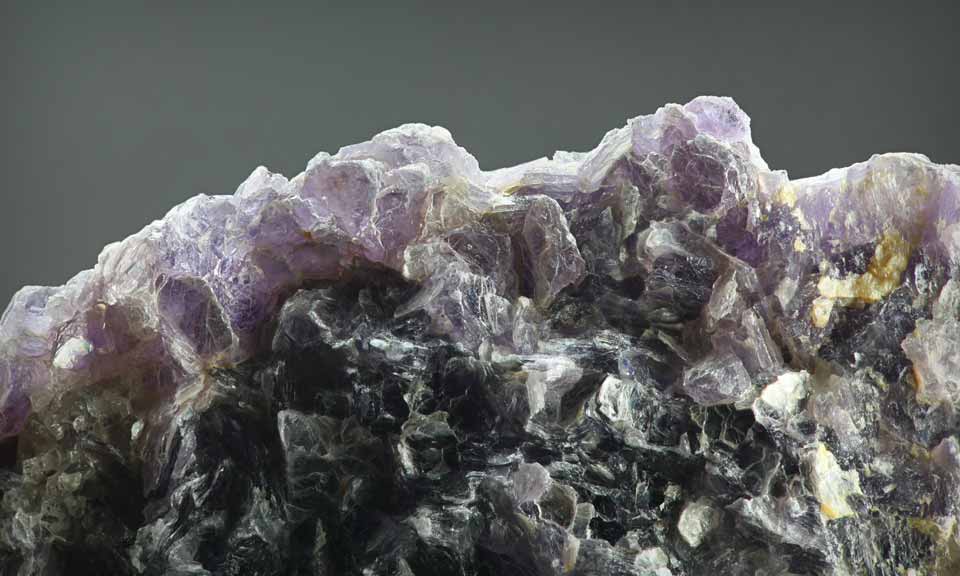
News
Sales prices higher than stabilized seaborne levels Company attributes prices to product quality, customer relationships Total capacity could reach 170,000 mt/year by end of 2026 Arcadium Lithium achieved average realized pricing of over $20,000/mt for its global lithium carbonate and hydroxide sales in the first quarter, coming in higher than seaborne lithium prices for the period, CEO Paul Graves said May 7 in the company's Q1 earnings statement. “Our multi-year customer relationships and wide range of high-quality lithium products allow us to reduce the overall volatility of our earnings while maximizing the value per unit of lithium sold,” Graves said. The first quarter represented Arcadium’s first full quarter as a newly created company via the merger of lithium producers Livent and Allkem . The merger was completed in January. The combined lithium company is now dual listed in the US and Australia with operations in multiple continents. Asian seaborne lithium prices, one of the leading indicators for global lithium prices, have stabilized so far in 2024 after rising to record highs in 2022 and subsequently plunging in 2023. Platts, part of S&P Global Commodity Insights, assessed lithium carbonate CIF North Asia at $14,600/mt May 7, its highest level since Jan. 11. The assessment has hovered between $13,500/mt and $14,500/mt for most of the year. The trend has been similar for lithium hydroxide since 2022, with the Platts assessment at $14,800/mt May 7 on a CIF North Asia basis. “We see encouraging signs in the lithium market and underlying demand fundamentals remain very strong,” Graves said. “Prices have increased from the cycle bottom and appear to have stabilized at levels that are notably higher than what we saw in the last downturn.” Arcadium said its total Q1 sales volumes, including both finished lithium products and mined lithium spodumene, dipped from the prior sequential quarter due to a decline in spodumene sales resulting from its production cuts at Mt. Cattlin in Australia. However, it did not disclose its sales volumes. The lithium producer reported a net income of $19.9 million on sales of $261.2 million in Q1, compared with an income of $114.8 million on sales of $253.5 million in Q1 2023. Expansions in 2025-26 to add 95,000 mt/year of capacity Arcadium said it remains on track to complete a slate of new capacity constructions and existing capacity expansions in 2025 and 2026, adding about 95,000 mt/year of nameplate production capability to reach a total 170,000 mt/year across its global footprint by the end of 2026, on a lithium carbonate equivalent basis. “This pathway to significant near-term volume growth puts our company in a unique position within our industry,” Graves said. “There is no doubt that post-merger, we are stronger and more resilient, and we remain confident investing in our highly attractive assets throughout market cycles.” The new capacity planned through 2025 and 2026 will add 25,000 mt in Argentina across the Fénix and Sal de Vida projects and an additional 70,000 mt in Canada across the Nemaska and James Bay projects. In 2024, Arcadium is currently commissioning, qualifying or ramping a 10,000 mt carbonate expansion at its Fénix site in Argentina, a 25,000 mt carbonate expansion at its Olaroz site in Argentina, a 5,000 mt hydroxide expansion at its Bessemer City plant in the US and new hydroxide capacity totaling 15,000 mt at its Zhejiang plant in China. Platts Connect: News & Insights (spglobal.com)
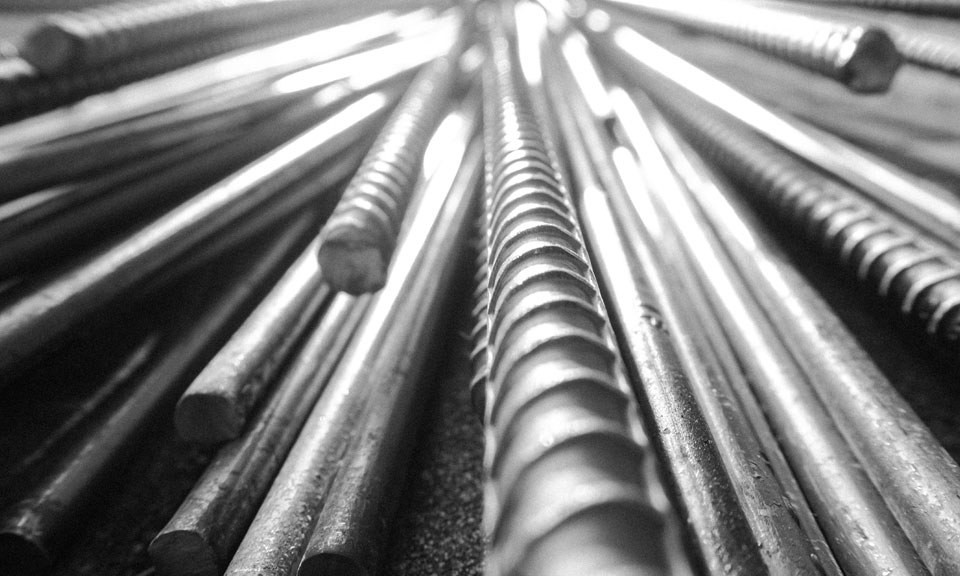
News
Announces 105,454 jobs in 40 states, Puerto Rico Republican districts land most of the investment, jobs A $1.4 billion investment by Toyota to build a new SUV at its Indiana plant and a $294 million solar technology investment for North Carolina in April added to the growing tally of large clean energy projects and jobs that the Inflation Reduction Act has spurred since 2022, according to business group E2. The investment by Boviet Solar Technology, a Vietnamese manufacturer of monocrystalline photovoltaic cells, is expected to bring 908 jobs to eastern North Carolina, E2 reported. Also new for April was a $400 million hydrogen manufacturing plant announced for Virginia and a $10 million planned investment in Alabama by a company making steel structures for solar panels. But the pace of new investments has been slowing significantly this year compared with 2023, when there were three or four times as many clean energy announcements every month, E2's data shows. The market cannot continuously absorb the volume of deals that followed the passage of the law, Bob Keefe, executive director of E2, said in an interview. He also noted that the November elections and anti-IRA rhetoric in Congress could be taking a toll. "We've had more than 30 attempts in the [US House of Representatives] to roll back the IRA, or to reduce it," Keefe said. "And the uncertainty over the election is casting a cloud over the future of these policies." The CEO of a company that is building a $2 billion battery factory in Georgia recently told Keefe that the overall political uncertainty has made it more difficult to raise money and hire people for the project. 'Not a partisan issue' E2 keeps a running tally of large-scale projects made possible by tax credits under the landmark 2022 legislation passed to stimulate clean energy manufacturing in the US. The group of business leaders advocates for policies that are "good for the economy … and the environment," with its members representing more than 2,500 companies nationwide. So far, North Carolina, Georgia, and South Carolina top all other states in terms of IRA investment volumes, E2 said. In all, more than $123 billion in investment and at least 105,454 jobs have been announced in 40 states and Puerto Rico since the IRA was enacted in August 2022, the group reported. Of those investments, 85% have gone to Republican congressional districts, as have 70% of the jobs. The reason behind the partisan discrepancy is that nearly all new electric vehicle manufacturing was placed in the South, where carmakers already had operations, Keefe said. EV manufacturing has captured the single largest share of IRA-related investments -- 142 projects and $81.2 billion in investments, E2's data shows. "What this shows is that this should not be a partisan issue," Keefe said. "There's nothing partisan about creating jobs, driving economic growth, attracting investments and making America more competitive, in my opinion." Platts Connect: News & Insights (spglobal.com)